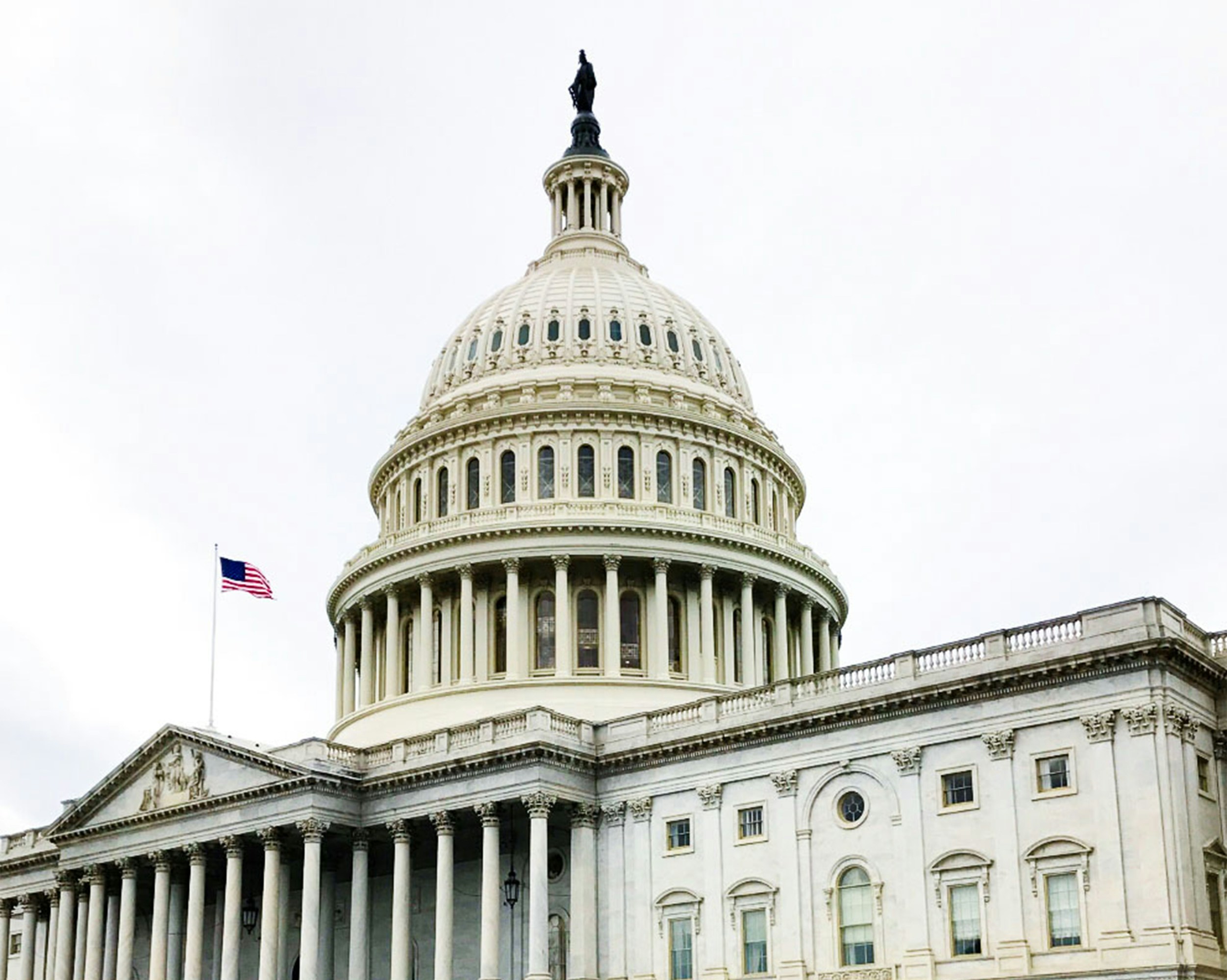
Is Your Parental Leave Policy Discriminatory? Lessons Learned From Two Companies’ Parental Leave Mistakes
- Breaking News
There is no federal law requiring an employer to offer paid parental leave. However, did you know that employers can and sometimes do get in trouble even when providing this generous benefit? Two recent high-profile cases involving sophisticated employers illustrate the need to design and administer these policies with care.
Shading Benefits in Favor of Mothers Led to Claims of Sex
Discrimination by Fathers, EEOC.
The EEOC sued Estee Lauder on behalf of a class of fathers over its
paid parental leave policy. The EEOC alleged that Estee Launder’s policy
provided less paid leave (2 weeks) for fathers in comparison to mothers (6
weeks) for bonding with their child, whether it be a newborn biological child,
adopted child, or one placed by foster care. The EEOC also alleged that fathers
received less return-to-work benefits than mothers (i.e., less stringent work
schedule, modified duties, etc). The EEOC determined that this violated Title
VII and the Equal Pay Act. After the EEOC filed suit, the Company settled,
agreeing to pay a total of $1,100,000 to the class of male employees/fathers
that were supposedly discriminated against for receiving less paid leave to
bond with their child. Estee Lauder also agreed to “administer parental leave
and related return-to-work benefits in a manner that ensures equal benefits to
male and female employees and utilize sex-neutral criteria, requirements, and
processes.”
Takeaway: What tripped Estee Lauder up wasn’t just providing more leave, generally, to birthing moms. Companies are allowed to recognize the physical implications of birth and provide paid recovery leave. What hung the Company up was that non-birthing moms also got the larger allowance of parental (bonding) leave even if they weren’t in a medical recovery or didn’t plan to be the primary caregiver. Employers should carefully distinguish between leave related to any physical limitations imposed by pregnancy or childbirth and leave for purposes of bonding with a child or providing care for a child.
Presumptively Categorizing Women as Primary Caregivers Led to $5
Million Payout.
In another example, JPMorgan Chase was sued in a class action for
denying male employees equal paid parental leave, even though it argued the
policy was gender neutral. Its policy provided 16 weeks of paid leave for
“primary caregivers,” and 2 weeks of paid leave to non-primary caregivers.
While the policy on its face seems gender neutral and applicable to same-sex
couples and adoptive parents, when a father requested to be designated the
primary caregiver, he was told, “Men, as biological fathers, were presumptively
not the primary care giver.” To be designated primary caregivers, men had to
provide proof that the other parent had returned to work or that the other
parent was medically incapacitated from childcare. Women, however, were
presumptively qualified. Backed by the ACLU, the employee sued, and JPMorgan
Chase paid $5,000,000 to settle.
Takeaway: Be sure any hurdles or qualifications for parental leave are independent of sex, sexual orientation, or other protected status. Also, be sure your parental leave policy complies with any state or local laws requiring equal treatment for all the many ways children may join a family (including but not limited to adoption and foster placement).
If you would like to have a current parental leave policy reviewed or want to discuss adopting a new one, you can contact McKenzie Meade at 205-323-9279 or mmeade@lehrmiddlebrooks.com.





